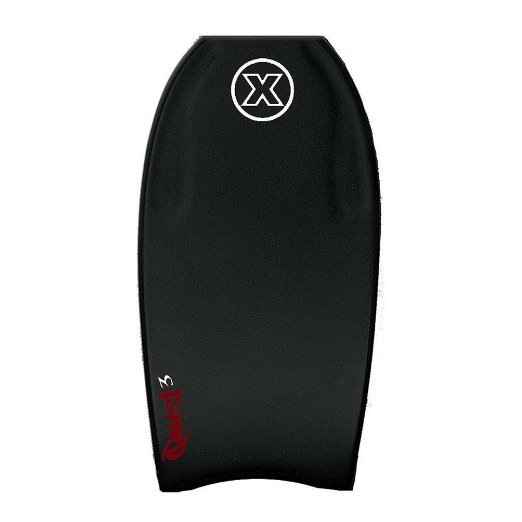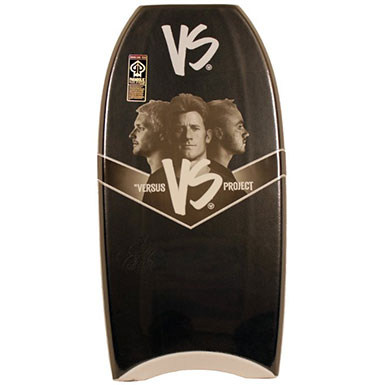Description
Science Bodyboards
Science bodyboards are Mike Stewart’s line up of bodyboards. Mike Stewart is known a very respectable figure in the bodyboarding community. His Science bodyboards are known for their innovations such as the bat tail. You could say that Kelly Slater is to surfing as Mike Stewart is to bodyboarding – maybe even more due to his innovations.
Science bodyboards has come up with this signature bodyboard – The Science Comp board. This model is 41.75 inches and looks awesome. At the top of the bodyboard you have the awesome science bodyboards logo, which in this case is green. The Deck is white and contrasted to the green Science logo it looks pretty awesome. At the bottom left section of the deck is the Comp series branding, which is also green. Visually this board looks very sleek and very impressive.
Check out some of the awesome bodyboarding done of science bodyboards.
Science Bodyboards Features
- Polypro core
- HDPE Slick
- Crosslink polyethylene Deck and Rails
- Crescent tail with Graduated channels
- Single Stringer
This bodyboard has a polypro core which is perfect for warmer water conditions and provides excellent flotation. Polypro or a PP core is best known for being the top of the line core material for high-end bodyboards. Polypro helps the rider float in the water. It is water-resistant, durable, and fairly light weight.
A lot of the bodyboards you will find that we review have a Surlyn slick. It’s worth it to note that most shapers do prefer to use surlyn for the slick of the bodyboard, but HDPE can be much more cost effective. It does not mean that HDPE slick’s are bad – but they aren’t as good as surlyn for many reason. HDPE tends to be a little less forgiving than surlyn. HDPE slicks tend to crease easier and making the life of your bodyboard a little bit shorter than that of a surlyn slick. If you’re not too heavy then you really won’t notice a difference. Surlyn tends to perform better in choppier waters. This, for the most part, will give you more speed than an HDPE slick. None the less, hdpe slicks are still good – especially if you’re not breaking the bank when you’re buying the board.
Crosslink polyethylene is a very durable material for the deck and rails for science bodyboards. Ebodyboarding describes what crosslink foam is very well.
“A type of foam characterized by it’s denser, more compact feel, and unwillingness to absorb water. Very durable deck and rail foam material. It is known by other names that companies use to make it sound exciting (ie: Green Cell, Dura Deck, etc.).”
A crescent tail on any bodyboard helps the board be very controllable in the water. Crescent tails have a “sticky” feeling on the waves. The shape of the crescent tail allows the board to get a deeper grip onto the face of the wave, which is better for the rider during situations where technicality and precision is key. Crescent tails are a little bit slower compared to bat tails, but offer a great deal of control.
The graduated channels on Science bodyboards help the board with enhancing its performance in the water. Graduated channels along with a crescent tail make this board great for precision riding. The channels on this board help to channel the water out underneath the board. It’s worth it to note that channels are usually added to bat tail boards because of the lack of grip bat tails have on the wave. However, some riders prefer to have a “super grip” on the waves – This board is very grippy. You have a crescent tail with channels – this is pretty much the ultimate combination for grip and control.
This bodyboard comes with a single stringer. The stringers on Science Bodyboards help the bodyboard retain its stiffness. Think of the stringer as a spine or skeleton for your bodyboard. Any flex that might happen in the board is counteracted by the stringer. It does not mean that this board won’t flex – it just means that this board by science bodyboards will snap right back into place after any flexing occurs. It essentially adds durability, and stiffness to the board.
So what’s the verdict for this bodyboard?
Science bodyboards makes awesome bodyboards and the Mike Stewart Science Comp bodyboard is no exception. This board is perfect for riders who want a stiff, but flexible board with superior grip.





